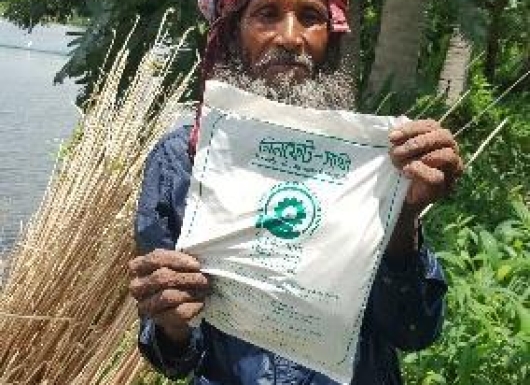The quality of raw cotton fibres is of paramount importance for its commercial use and it is assessed using High Volume Instrument (HVI). The HVI has to be trained on daily basis using a Standard Reference Material (SRM), popularly known as Calibration Cotton. United States Department of Agriculture (USDA) is major supplier of calibration cotton. First time in the entire world after USDA, ICAR-CIRCOT developed the Indigenous Calibration Cotton as an import substitute of the USDA calibration cotton. ICAR-CIRCOT can disseminate the technology to other cotton-producing countries.

There are mainly two types of calibration cottons used by the textile industry for training the HVIs, the first type of calibration cotton is called as Length/Strength calibration material while the second one is known as Micronaire (MIC) calibration material. Further, three different range of calibration cottons are required for the length/strength and MIC calibration. For example, for length calibration of a HVI, we have to use one short staple (18-20 mm), long staple (29-32 mm) calibration cotton and extra-long staple (ELS) (32 mm and above). Similarly, for MIC calibration, we need to use one fine MIC (2.8-3.0) and another coarse MIC (5-5.2) calibration cotton. One low and another high value of calibration cottons are used to ensure that the machine can measure cotton samples within the range of these two values (Low – High).
It works in major cotton-producing countries and regions. For example, African region.
ICAR-CIRCOT has been producing calibration cotton and supplying it to mills, research institutes and testing instrument manufacturers in India for about 25 years. More than 350 corporates are the users of ICAR-CIRCOT calibration cotton.
The technology for the production of calibration cotton can be scaled up with the partnership of ICAR.
Deputy Director General (Agril Engineering) ICAR New Delhi
Email: ddgengg@icar.org.in
Phone: 011-25843415, 25842660